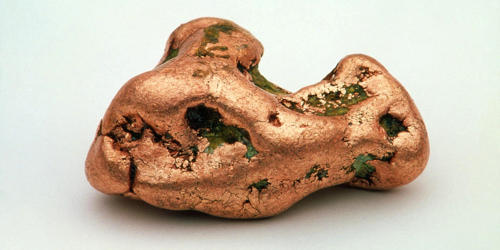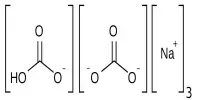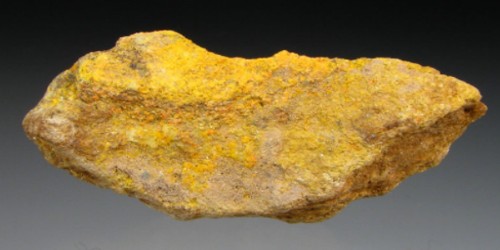Copper was one of the earliest elements known to man. It is a chemical element with the symbol ‘Cu’ and atomic number 29. It is a soft, malleable, and ductile metal with very high thermal and electrical conductivity. Its metal is fairly soft and ductile. Ductile means capable of being drawn into wires. Both heat and electricity pass through copper very easily. It is a reddish-gold metal that is easily worked and drawn into wires. A freshly exposed surface of pure copper has a pinkish-orange color. The high electrical conductivity makes it ideal for many electrical purposes.
Properties
- Atomic number: 29
- Atomic symbol: Cu
- Atomic weight: 63.55
- Density: 8.92 grams per cubic centimeter
- Phase at room temperature: solid
- Melting point: 1,984.32 degrees Fahrenheit (1,084.62 degrees Celsius)
- Boiling point: 5,301 degrees F (2,927 degrees C)
- Crystal Structure: Cubic
- Density @ 293 K: 8.96 g/cm3
- Color: red/orange
Copper has a melting point of 1,083°C (1,982°F) and a boiling point of 2,595°C (4,703°F). Its density is 8.96 grams per cubic centimeter. It is found in group Ib of the periodic table, together with silver and gold. Copper has low chemical reactivity.

Copper is one of the few metals that can occur in nature in a directly usable metallic form (native metals). This led to very early human use in several regions, from c. 8000 BC. Thousands of years later, it was the first metal to be smelted from sulfide ores, c. 5000 BC; the first metal to be cast into a shape in a mold, c. 4000 BC; and the first metal to be purposefully alloyed with another metal, tin, to create bronze, c. 3500 BC. Copper ranks as the third-most-consumed industrial metal in the world, after iron and aluminum, according to the U.S. Geological Survey (USGS).
Uses
Copper is used as a conductor of heat and electricity, as a building material, and as a constituent of various metal alloys, such as sterling silver used in jewelry, cupronickel used to make marine hardware and coins, and constantan used in strain gauges and thermocouples for temperature measurement. Shiny, reddish copper was the first metal manipulated by humans, and it remains an important metal in industry today.
It is an essential trace mineral necessary for survival. It is found in all body tissues and plays a role in making red blood cells and maintaining nerve cells and the immune system.
Copper used in buildings, usually for roofing, oxidizes to form a green verdigris (or patina). Copper is sometimes used in decorative art, both in its elemental metal form and in compounds as pigments. Copper compounds are used as bacteriostatic agents, fungicides, and wood preservatives.
















